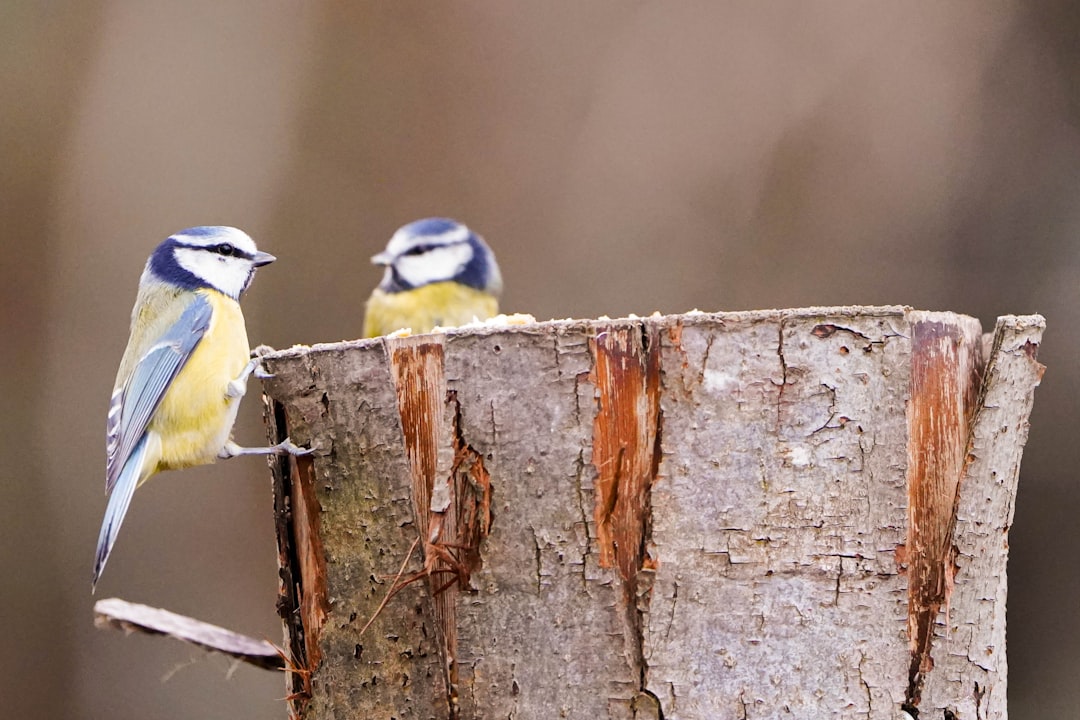What is it about?
The Antheraea mylitta (Drury) (Lepidoptera: Saturniidae) is a commercially important species for the production of tasar silk. However, the Xanthopimpla pedator (F.) (Hymenoptera: Ichneumonidae) is a major pupal endoparasitoid of A. mylitta, which affects the total tasar silk production in India. A gravid female X. pedator parasitizes the pupae of A. mylitta by depositing an egg, which produces a single offspring per host. We studied the development of immature forms of X. pedator by dissecting parasitized pupae of A. mylitta under laboratory conditions at 28–30 °C and 40–60% relative humidity. All immature stages of the parasitoid develop within the host in 20–22 d, by devouring the entire pupal content, resulting in dead or seedless cocoons. The total life cycle of X. pedator is completed inside the host pupa and the adult emerges out by rupturing the peduncle end of the cocoon. During development of X. pedator, five preimaginal stages, viz., egg, larval instars, prepupa, pupa, and a pharate adult, were observed. Xanthopimpla pedator passes through five larval instars identified by structural and morphometric variations. These include primary larva (L1), the intermediate larvae (L2–L4), and the final-instar larva (L5). Biometric study and larval head width permitted the morphological separation of all five larval instars. In the present study, the biology and development of X. pedator inside the pupa of A. mylitta are reported for the first time with detailed photomicrographs. Therefore, the study may enable the information concerning physiological interactions between A. mylitta and its endoparasitoid, X. pedator.
Featured Image
Why is it important?
Xanthopimpla pedator (F.) (Hymenoptera: Ichneumonidae) is a major pupal endoparasitoid of A. mylitta. The parasitoid X. pedator develop within the host in 20–22 d, by devouring the entire pupal content, resulting in dead or seedless cocoons, which affects the total tasar silk production in India.
Perspectives
The study explores the biology and development of X. pedator inside the pupa of A. mylitta are reported for the first time with detailed photomicrographs, that enable the information concerning physiological interactions between A. mylitta and its endoparasitoid, X. pedator.
Dr Ganesh B Gathalkar
CSIR National Chemical Laboratory, Pune
Read the Original
This page is a summary of: Biology and Development of Xanthopimpla pedator (Hymenoptera: Ichneumonidae): Pupal Endoparasitoid of Antheraea mylitta (Lepidoptera: Saturniidae), Annals of the Entomological Society of America, July 2017, Oxford University Press (OUP),
DOI: 10.1093/aesa/sax049.
You can read the full text:
Contributors
The following have contributed to this page










